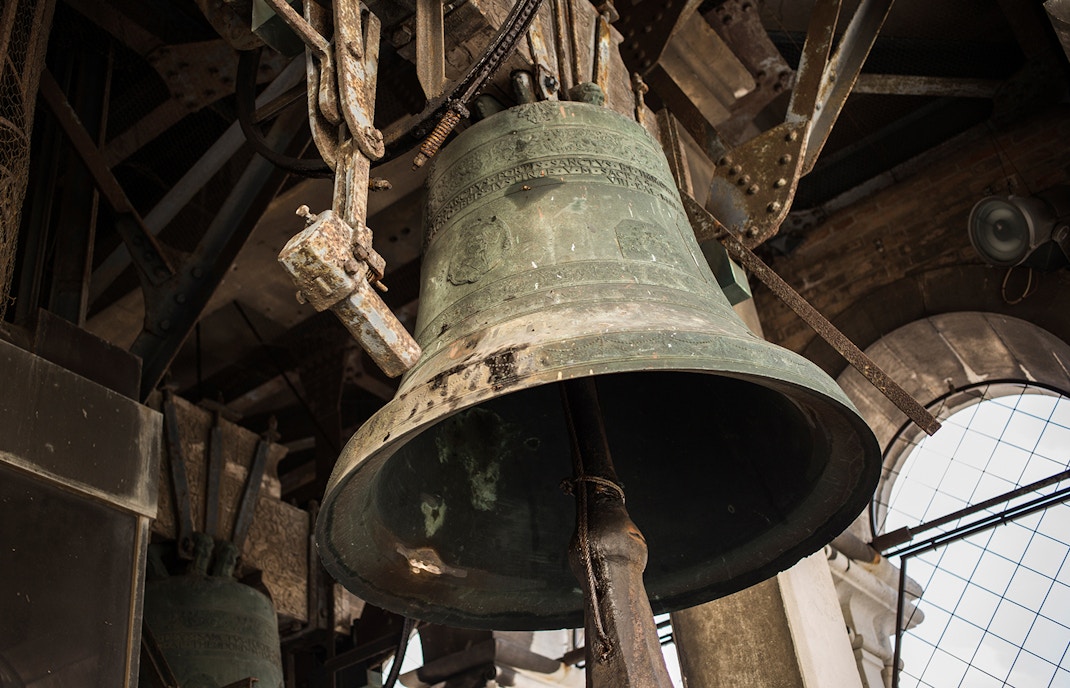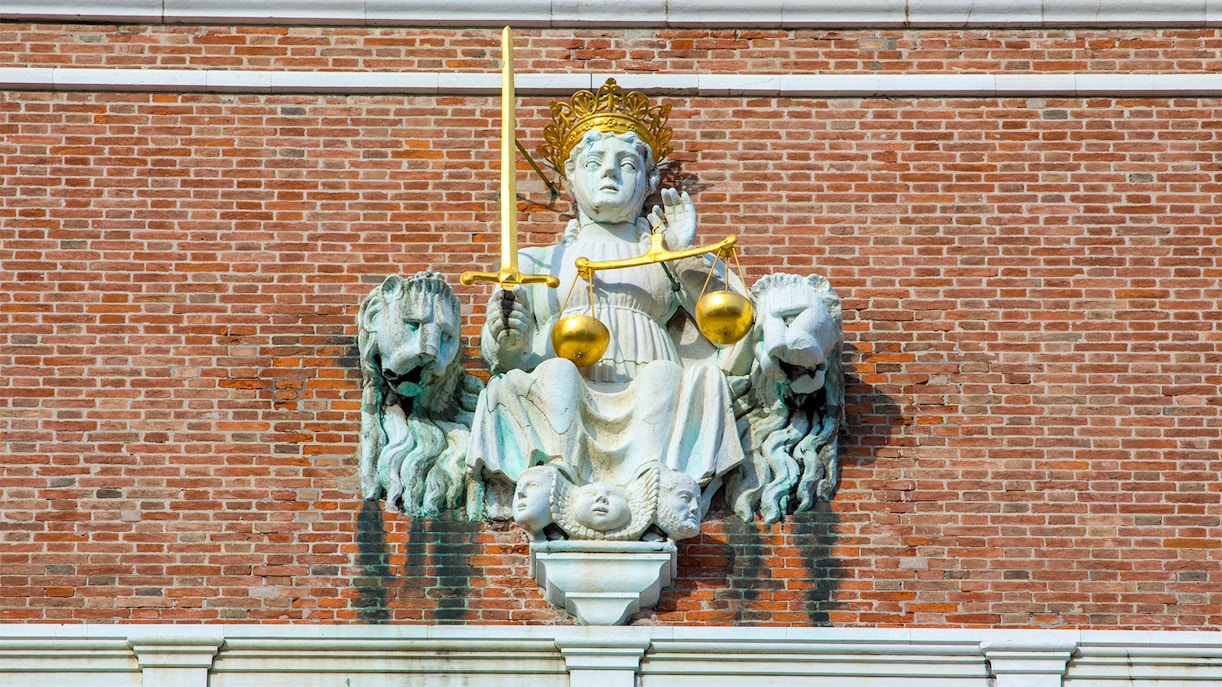There are many reasons to visit St. Mark's Campanile Tower. Here are a few of the top reasons:
- Enjoy unparalleled views of Venice: As the tallest structure in Venice, the campanile offers unrivaled 360-degree views of the city. You can see St. Mark's Square, the Doge's Palace, the Grand Canal, the Venetian Lagoon, and even the distant Alps on a clear day. Shutterbugs will love the opportunity to capture the city in a whole new light.
- Experience a piece of Venetian history: The campanile has been a prominent feature of the Venetian skyline for centuries. It was originally built in the 9th century as a watchtower and has been rebuilt several times over the years. Climbing the campanile is a great way to learn about the history of Venice and see the city from a unique perspective.
- Hear the bells of San Marco: The campanile is home to five bells that once played an important role in Venetian life. The bells were used to mark the time, call people to church, and signal important events. Today, the bells are still rung on special occasions.
- Be impressed by the mixed architecture: The bell tower's design is rare and striking, featuring a distinctive blend of Byzantine, Gothic, and Renaissance architectural styles. Its elegant structure and intricate details showcase the craftsmanship of the artisans who contributed to its construction and restoration.














